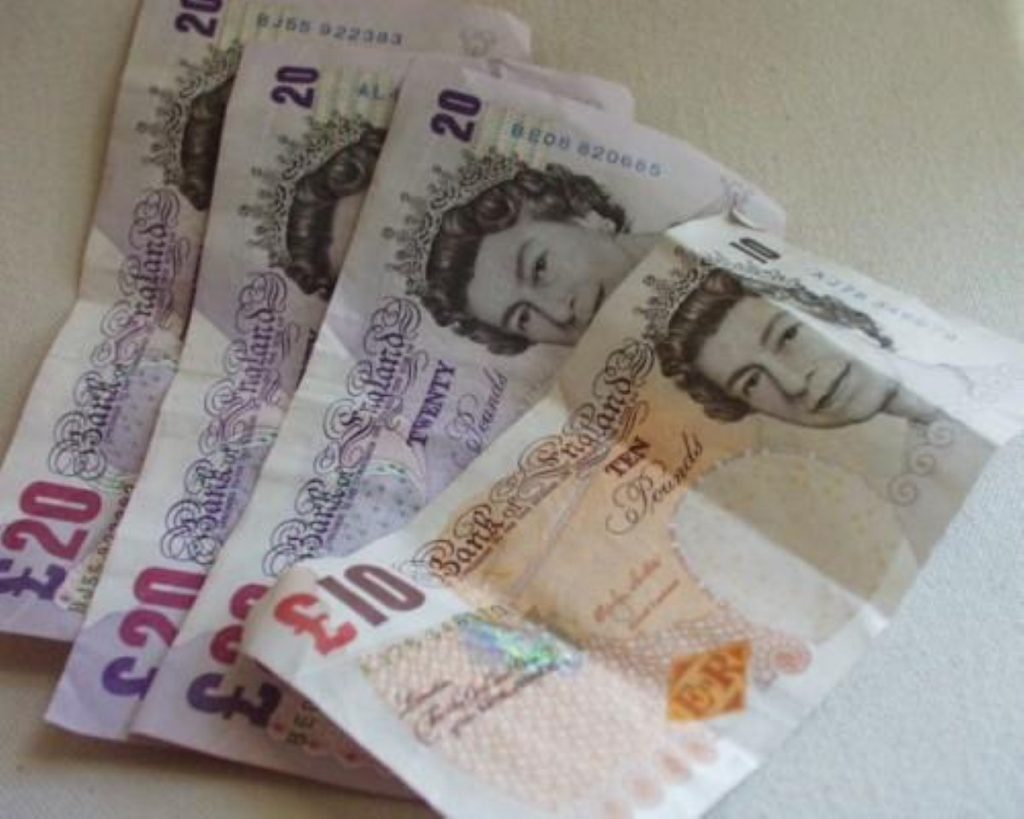UK wealth gap grows
A new report has found a widening gap between the haves and have-nots in Britain since Tony Blair came to office.
A study of disposable weekly income by the Office for National Statistics entitled Focus On Social Inequalities found the gap had grown between the richest and poorest since 1997.
Measuring impacts on health, education, work and living standards, the report found, back then, the richest ten per cent of households had £565 or more to spend per week (after deductions), compared with £139 or less for the poorest ten per cent.
Six years later, the richest had surged more than £100, to at least £658 a week, while the poorest households’ weekly disposable income rose to a maximum of £164.


The report found the percentage of the wealth owned by the very richest people had also increased since Labour assumed office.
Over half a million individuals in the top one per cent of the UK’s wealthiest people owned assets of £355 billion in 1996.
By 2002, the figure had rocketed to £797 billion.
The ONS study used criteria comparable across the social classes such as internet access, educational qualifications and life expectancy.
It found that almost 80 per cent of the highest income households – those earning £1,000 or more a week – had internet access at home, compared to just ten per cent of households in the lowest income bracket (earning between £100-200).
In 1996, under John Major’s Conservative government the richest one per cent owned 20 per cent of the nation’s overall wealth.
By 2002, the figure had jumped to 23 per cent.
The report also found life expectancy between the classes had widened.
In the 1970s men from poorer backgrounds died 5.5 years earlier compared to their richer counterparts. As of last year, the gap stood at 7.5 years.












